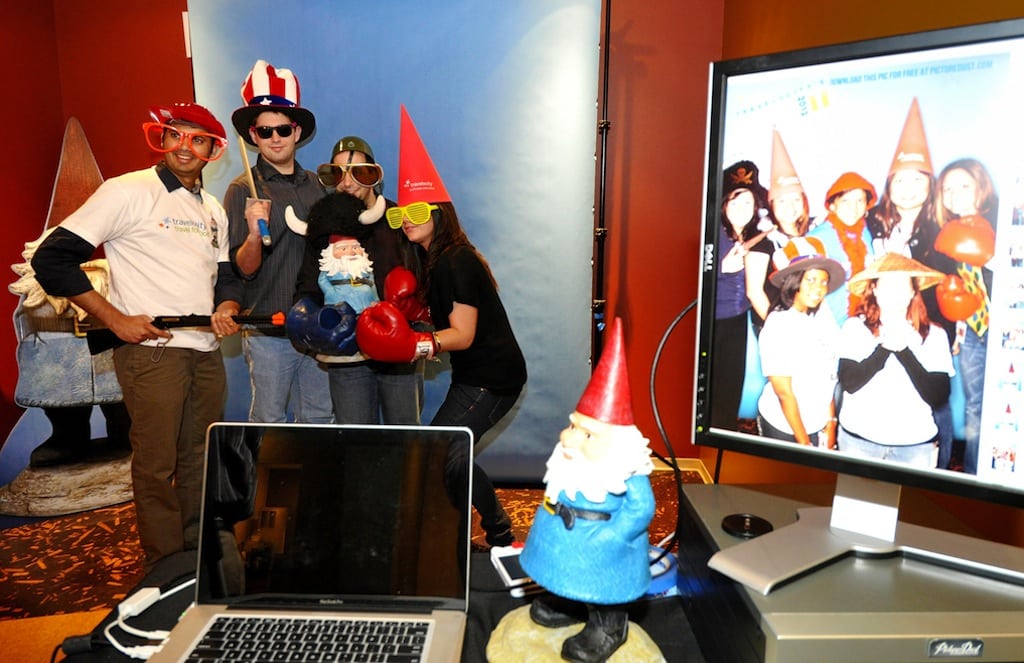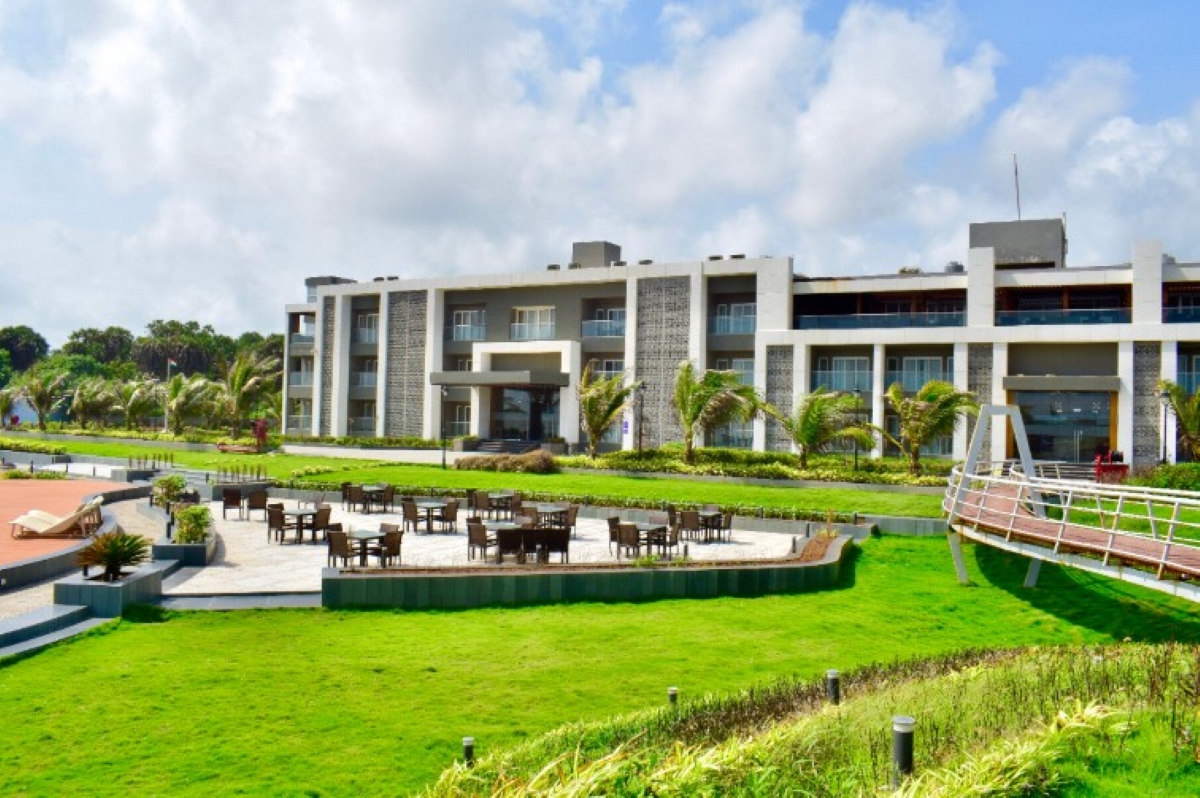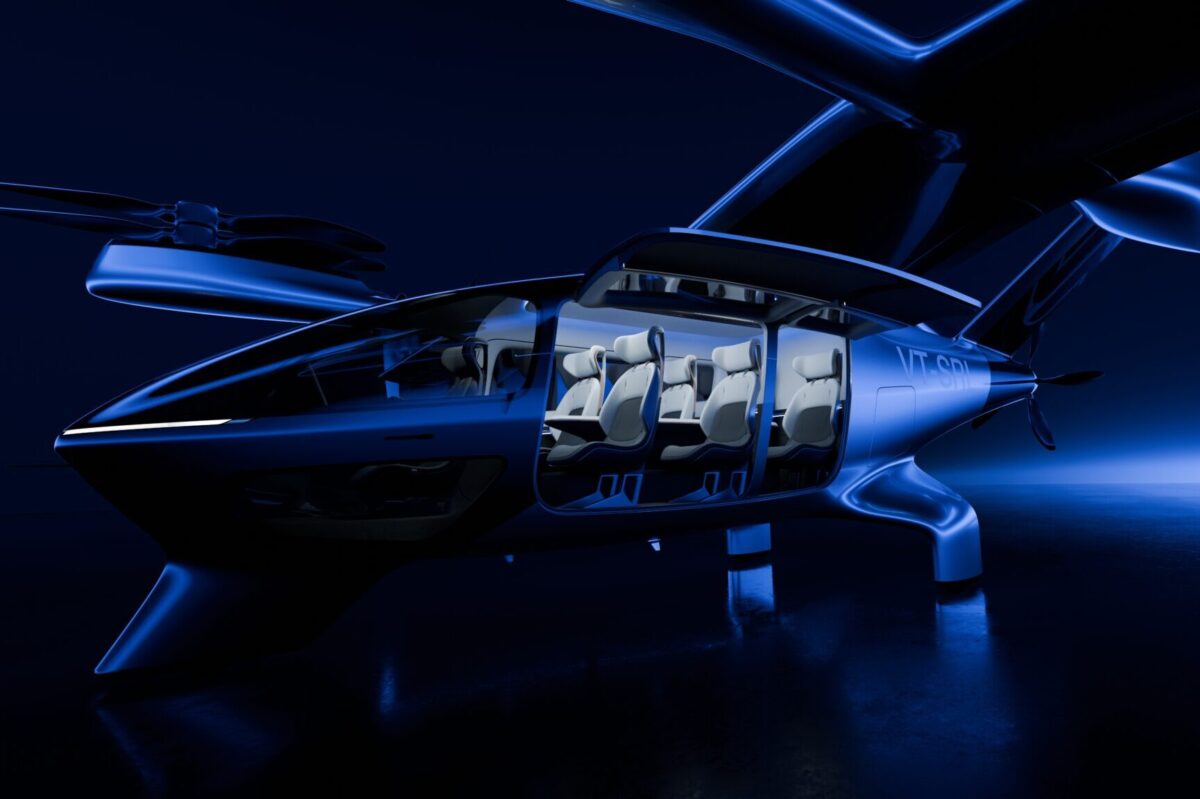These Are the 5 Things That Killed Travelocity

Skift Take
Forgive Travelocity's Roaming Gnome if it screws up its lines one day because it can hardly recognize the once-proud brand that it still represents.
Founded in 1996 and for several years the king of the hill among online travel agencies, Travelocity saw competitors -- first Expedia and Hotels.com around 2001 and 2002, and then Priceline and Booking.com a few years later -- pass it by as it utterly failed to reinvigorate itself. Lately it has been subject to parent and IPO-bound Sabre's serial asset sales, and has become a fraction of its former whole-number self.
To get a feeling for how far Travelocity has fallen, consider that competitors moaned in the early 2000s that Travelocity wielded a near-monopolistic grip on the all-important Internet powerhouses of the day -- the AOL, Yahoo, and Microsoft travel portals.
And that when Continental, Delta, Northwest, United and eventually American airlines founded what was to become Orbitz in 2000, the secret codeword for the startup was T2 -- Travelocity Terminator.
Well, Travelocity has essentially been terminated all these years later, although a pulse of the brand, along with a small marketing arm, still beats away, largely in the service of Expedia as Sabre cut its losses and focuses on larger opportunities.
Here are five sometimes-overlapping factors behind Travelocity's demise (and below them you can also read further analysis from several travel industry observers, including Expedia founder Rich Barton and others):
1. Distribution System Ownership
No online travel agencies, whether Travelocity, owned by Sabre; Orbitz Worldwide, until recently controlled by the private equity owners of Travelport; or Europe's Opodo, formerly owned by Amadeus, have thrived with a global distribution system company as a parent.
In Travelocity's case, as the progeny of historically airline-centric Sabre, the Southlake, Texas-based online travel agency failed to grasp that the opportunities dangled before it by the global hotel business were existential priorities, and investment decisions often lay elsewhere. Especially in the early days, Sabre had problems balancing its supposed nurturing of an online travel agency because its main business was distributing travel content to rival travel agencies.
2. Hotels, Expedia and Booking.com
In researching this article, several people pointed out that Travelocity repeatedly failed to move quickly and reinvent itself, as even its leadership would posthumously acknowledge.
Considers some of the ironies: In its first few years, Travelocity had a commission-based hotel product. But, Expedia and Hotels.com, which ended up in Expedia's hands, obliterated Travelocity in the early 2000s when they launched a high-margin merchant model for hotels and they generated so much volume for hotels that they dominated online hotel distribution.
Hotels always loved Travelocity much more than the despised Expedia, but that didn't enable Travelocity to make many strides.
Travelocity often found itself several steps behind industry trends, as did others. By 2005, Priceline planted the seeds of its ascension with the acquisitions of Booking.com and Active Hotels, which ironically used the commission model, not the more cumbersome merchant model, to scale rapidly.
And, this commission/agency model was a perfect fit for Europe's swath of smaller, independent hotels.
Once again, Travelocity couldn't keep up.
3. The Problematic Acquisition of Lastminute.com
With Priceline poised to expand in Europe, and Cendant, then-parent of Orbitz, acquiring London's ebookers in early 2005, Travelocity announced in May 2005 that it would plunk down a cool $1 billion to acquire London-based lastminute.com as Travelocity's ticket to European expansion.
In this case, Sabre indeed bankrolled a big investment for Travelocity in buying lastminute.com, but the European online travel agency was itself a product of multiple roll-ups of other companies, and was bogged down by hopelessly disparate legacy technology systems and inadequate financial controls.
The acquisition proved to be a huge, multi-year integration nightmare and distraction for Travelocity, which bought some other companies, as well, but never really became a force across Europe, except for lastminute.com's grip in the UK and France.
4. Technology
Travelocity never properly integrated lastminute.com hotel inventory with its own platforms, and saw Expedia, Booking.com and even Orbitz Worldwide innovate much faster.
Big Data to understand and target customers? It was hardly in the Travelocity lexicon.
Symbolic of the Travelocity Group's failure to keep up in Europe, which has been ground zero for competitors' hotel growth, lastminute.com only had access to a mere 80,000 hotels at the end of 2013, according to Sabre. In contrast, as of March 4, 2014, Booking.com counted more than 430,000 accommodations, including 115,442 vacation rentals, among its offerings.
5. Its Financial Losses
In its IPO registration statement, Sabre revealed that Travelocity experienced a compound annual revenue decline in 2011, 2012 and 2013 of around 8%. And, it is known that Travelocity notched operating losses in 2009, 2010 and 2011.
While most online travel companies have scurried to reduce their reliance on selling airline tickets, Sabre stated that much of Travelocity's woes over the last three years were due to bad airline contracts.
"This increased level of [travel industry] competition led to declines in fees on new long-term supplier agreements signed with several large North American airlines in 2012 and lower transaction volumes, which also impacted our media revenue," Sabre stated, referring to Travelocity's performance.
Sabre/Travelocity declined to comment for this story.
Final Thoughts
It should be pointed out that although most of its assets, excluding lastminute.com and igougo.com, have been sold off, Travelocity as a brand still exists.
Travelocity plans on continuing to market its North American sites to collect performance-based fees from Expedia, which is handling the technology and supplier relationships for Travelocity.com and Travelocity.ca.
But, even Expedia CFO Mark Okerstrom, speaking March 3 at a Morgan Stanley investor conference in San Francisco, said it is hard to gauge the benefit of its new partnership with Travelocity because Expedia has no idea how much marketing muscle Sabre/Travelocity will commit to the alliance.
In the observations below, several travel industry observers weigh in on Travelocity's demise:
Rich Barton, Zillow chairman and Expedia founder
The Preview Travel acquisition was a mistake. Distracting and low quality and focused on “distribution” deal with AOL that was ephemeral and ridiculously expensive. We [Expedia/Microsoft] were excited when the Travelocity-Preview merger happened.
The story of the fall is all about being hamstrung due to its ownership by Sabre-American. This is very similar to the way Realtor.com is hamstrung by its National Association of Realtors (NAR) control. Anyway, tons of examples here, but the prime one is that Expedia rebuilt fare search and construction on modern computers, rather than on mainframes. This was a huge technical and dollar investment for Expedia.
It was a big competitive advantage, allowing users to ask simple questions like, “What is the best trip for me to get from Dallas to Seattle on March 21st?” BFS (Expedia’s Best Fare Search) intermingled fares and schedules simultaneously in a way that the mainframes upon which Travelocity was dependent, could not. They could only shop schedules or fares. One at a time. Not both.
Anyway, [Travelocity founder] Terry Jones would have loved to build his own BFS, but I think Sabre wouldn’t let him. Big problem. We took huge share due to this.
Finally, and related, AMR/Sabre were in the airline business. [They had] no respect for the hotel business. It turns out hotels was where all the money was. Travelocity was years too late to the hotel business. By that time, Expedia had become huge and so profitable that we could dramatically outspend Travelocity on customer acquisition marketing. We made three to five times more per visitor in profit than Travelocity did because of our hotel business.
Rick Seaney, co-founder, FareCompare
It is sad for me as a Dallas native to watch one of the mid 90s Internet travel technology and branding pioneers wither. These are my neighbors.
While I am not versed deeply enough in Travelocity's internal machinations to reflect intelligently on blame, I would note that the digital world moves so quickly today that anyone who isn't continuously reinventing themselves is in the glide path of future blame.
Michelle Grant, research manager, EuroMonitor
I wonder if Travelocity is the case study for all B2C brands acquired by a global distribution system. All of them seemed to flounder under their new corporate owners while Priceline and Expedia continue to grow.
Orbitz is muddling along (and Travelport no longer has a majority share). Amadeus got rid of its B2C brands, which are now Odigeo. It seemed like a good idea for the GDSs to get involved in the B2C space to hedge against the decline of travel agents, but they all managed to kill the “golden goose.” Was it the bureaucracy? The IT integration a distraction?
Tom Botts, chief customer officer at Denihan Hospitality Group:
Obviously, there is the hope that the Gnome will continue to be relevant as a consumer brand, but for now suppliers are short one less troll in the OTA game.
They were late to the hotel game but then spun up quickly -- but the platform was never up to the speed, flexibility or marketing capabilities that Expedia, Priceline Group and even Orbitz were developing. The connectivity that was initially touted as such a big win ultimately turned out to be a downfall as it appeared to inhibit marketing and promotional capabilities along with proper content.
While much time, money and effort was deployed to pull disparate platforms to a common platform, it was never fully executed and meanwhile the current platforms were allowed to wither. Meanwhile, Priceline executed perfectly (as we all know) and didn't waste time on messy platform (or management team) integrations. Therein lies the difference between garden statuary and William Shatner.
Norm Rose, president, Travel Tech Consulting
Travelocity had an early edge in the market with great brand recognition. The company was never able to execute well outside of the U.S. despite some impressive acquisitions such as lastminute.com.
The company was never able to capitalize on massive aggregation of independent hotels in Europe (and worldwide) to match the rapid growth of Booking.com.
As part of Sabre there was some friction between being an online travel agency and a distribution platform for travel agents. This was even more of an issue for Travelocity Business, which competed with major corporate travel agencies powered by Sabre.
After some good user design innovation in the mid- to late-2000s, there was little dramatic user experience innovation over the last 6 years. The company made some bad bets on technology by developing Travelocity Experience Finder on Adobe Flash just as iPads were coming to the market, which were unable to run Flash.
Travelocity was an early leader in deploying mobile apps, but lost its edge and lacked innovation in design and business models such as for last minute hotel bookings.
At the end of the day, it came down to the significant investment needed to increase the amount of worldwide hotel inventory, versus profits. With the Sabre IPO, the company needed to make decisions to streamline and focus on the highest revenue opportunities. Without the strong international hotel revenue, it came down to the fact that the Travelocity brand was of value, but not its content, so the decision was made to maintain the brand, but use Expedia content.





